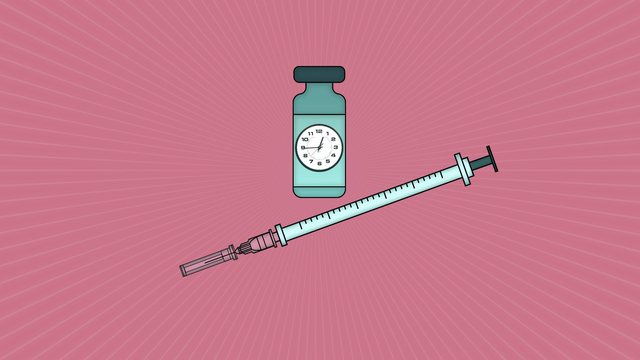
How many vaccines can the world produce this year?
The pharmaceutical industry, shared by many industrial sectors, does not show its production capacity, says Rasmus Hansen, chief executive of Airfinity, a London-based analytics company that compiles data on the industry. But he predicts that the increase in vaccines is likely to be "exponential" in the coming months.
According to Airfinity, about 413 million doses of anti-Covid-19 vaccine were produced by the beginning of this month. The company predicts that figure will reach 9.5 billion doses by the end of this year.
Can companies work together to produce vaccines faster?
They are already doing this. New Jersey-based Merck is producing vaccines for its rival Johnson & Johnson. The other two large companies, GSK based in London and Novartis in Basel, Switzerland, are producing 100 million and 250 million doses of the vaccine, respectively, on behalf of Curevac, based in Tybingen, Germany.
Such a degree of cooperation between multinational corporations is unprecedented.
In addition, many other agreements have been signed. For example, the French "Sanofi", based in Paris, has a contract with the company "BioNTech" based in Mainz, Germany, to produce at a later stage 125 million doses of the Pfizer - BioNTech vaccine.
Sanofi, meanwhile, has a contract to package millions of doses of the vaccine.
Why is the world not producing more vaccines?
There are 3 main types of anti-Covid vaccine: the one with the viral vector; complete virus; and messenger RNA (RNA). RNA vaccines are made up of strands of genetic material that encode a virus protein that triggers an immune response.
Mass production of RNA vaccines is complex, says Zoltan Keys, chemical engineer at the Future Vaccine Manufacturing Hub at Royal College London. According to him, this technology has never been used before in vaccines, so there is a lack of trained personnel.
But the main obstacle to the largest production of mRNA vaccines is the worldwide lack of essential constituents, especially nucleotides, enzymes and lipids.
This is because there are relatively few companies that produce these products, and not in sufficient numbers for global supply. Moreover, these companies are being very slow in licensing their production, so that others can do the same.
To what extent is intellectual property protection slowing access to anti-Covid vaccines?
Assuming 2 doses are needed for each person, then about 11 billion doses are needed to vaccinate 70 percent of the world's population. This is the number that may be needed to achieve herd immunity.
So far, high- and middle-income countries, representing one-fifth of the world's population, have purchased about 6 billion doses. Meanwhile, low-income countries, which represent four-fifths of the population, have secured only about 2.6 billion. At such rates, the latter can be vaccinated after 2 or more years.
Nature, Bota.al





